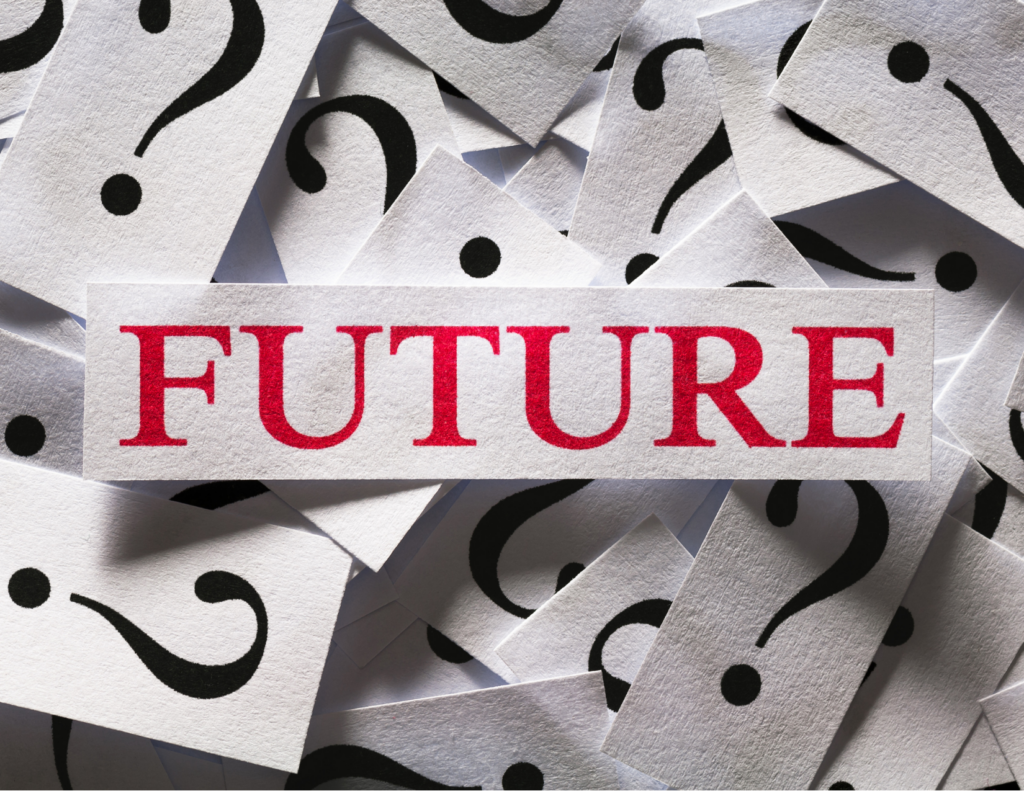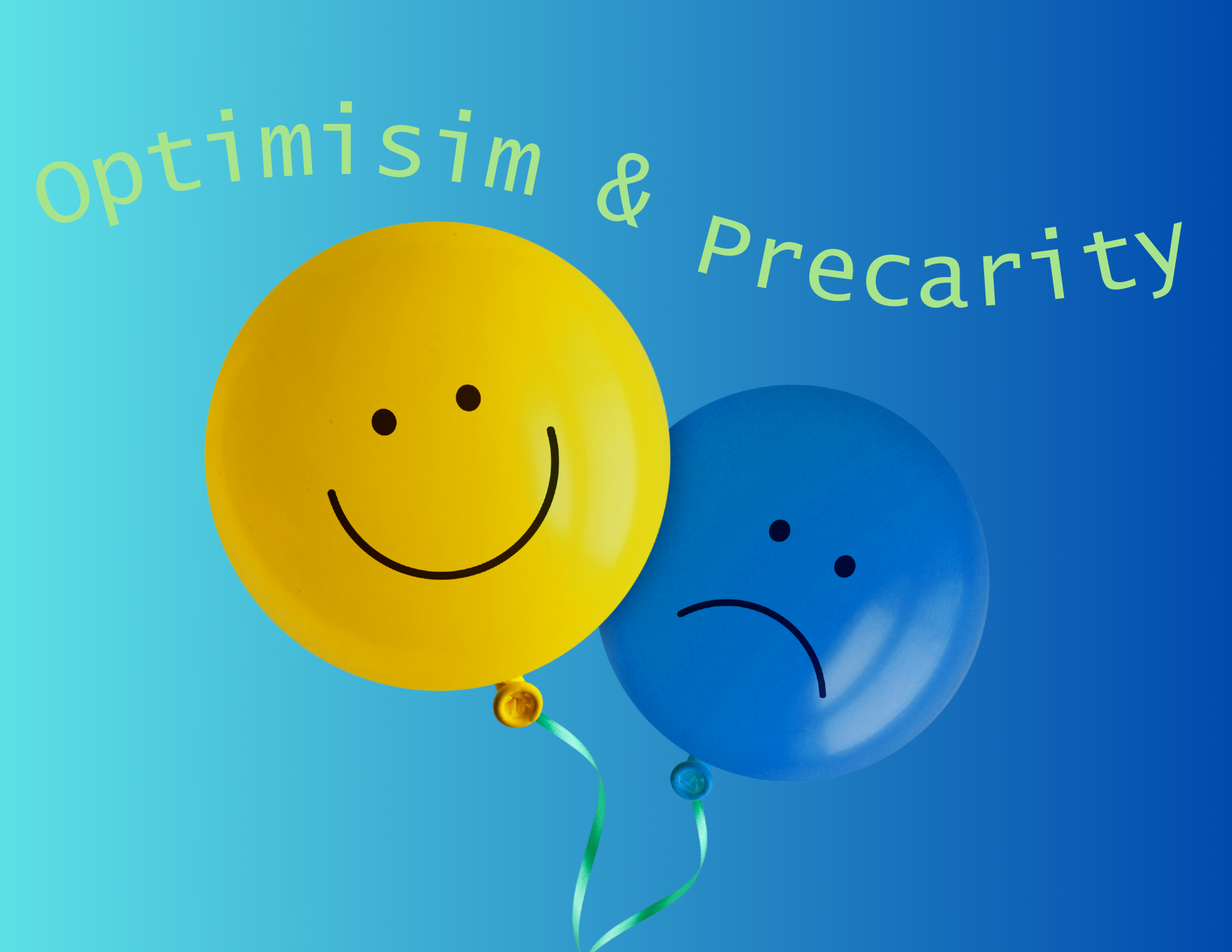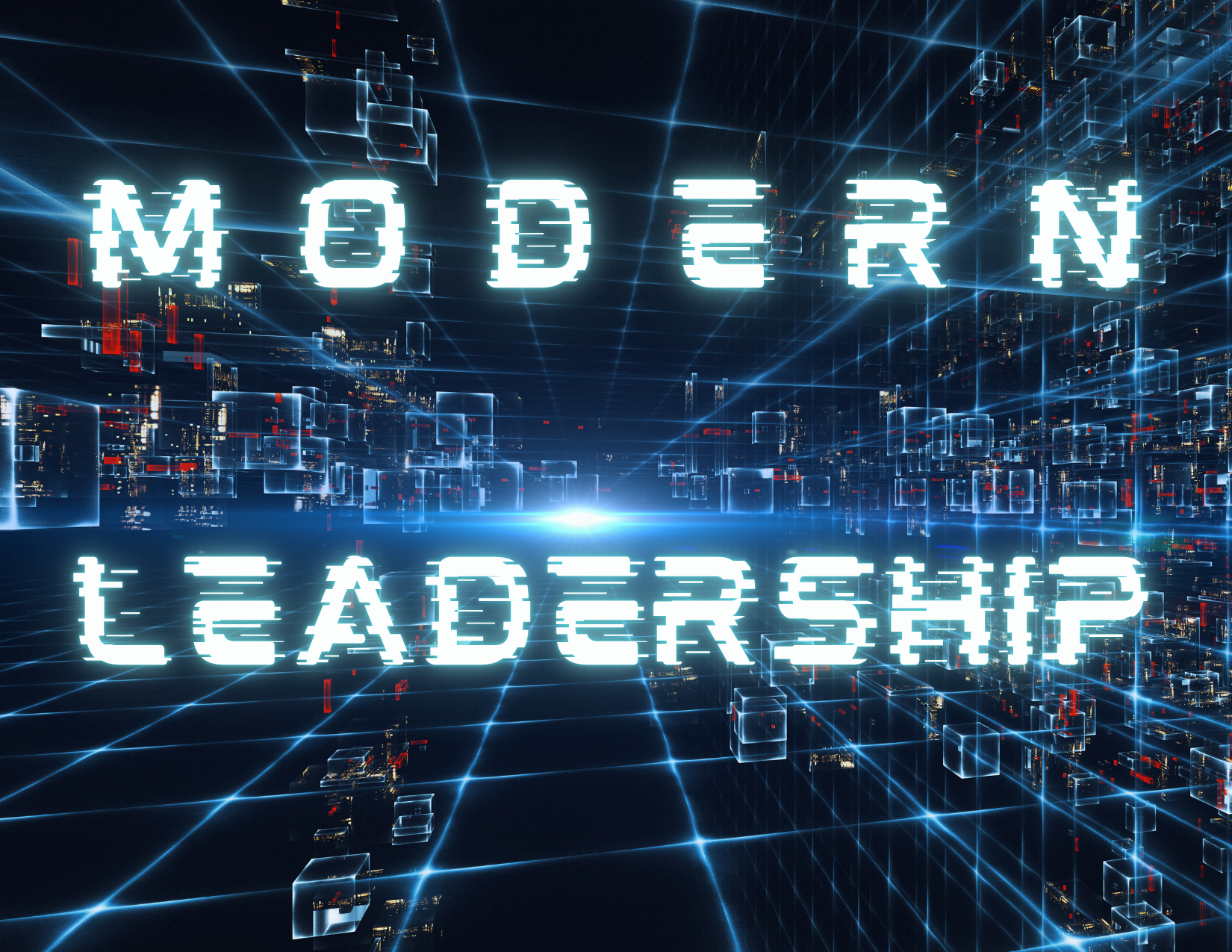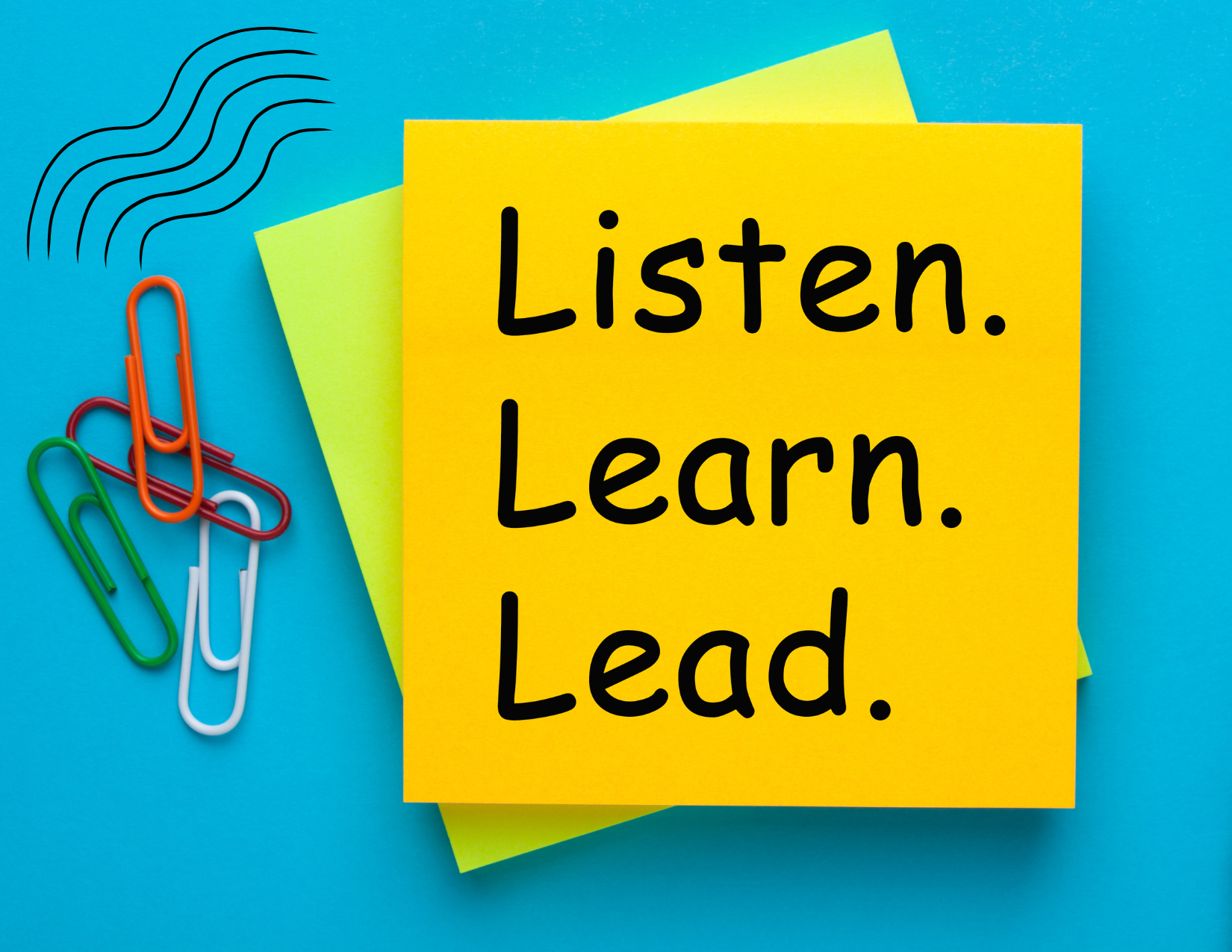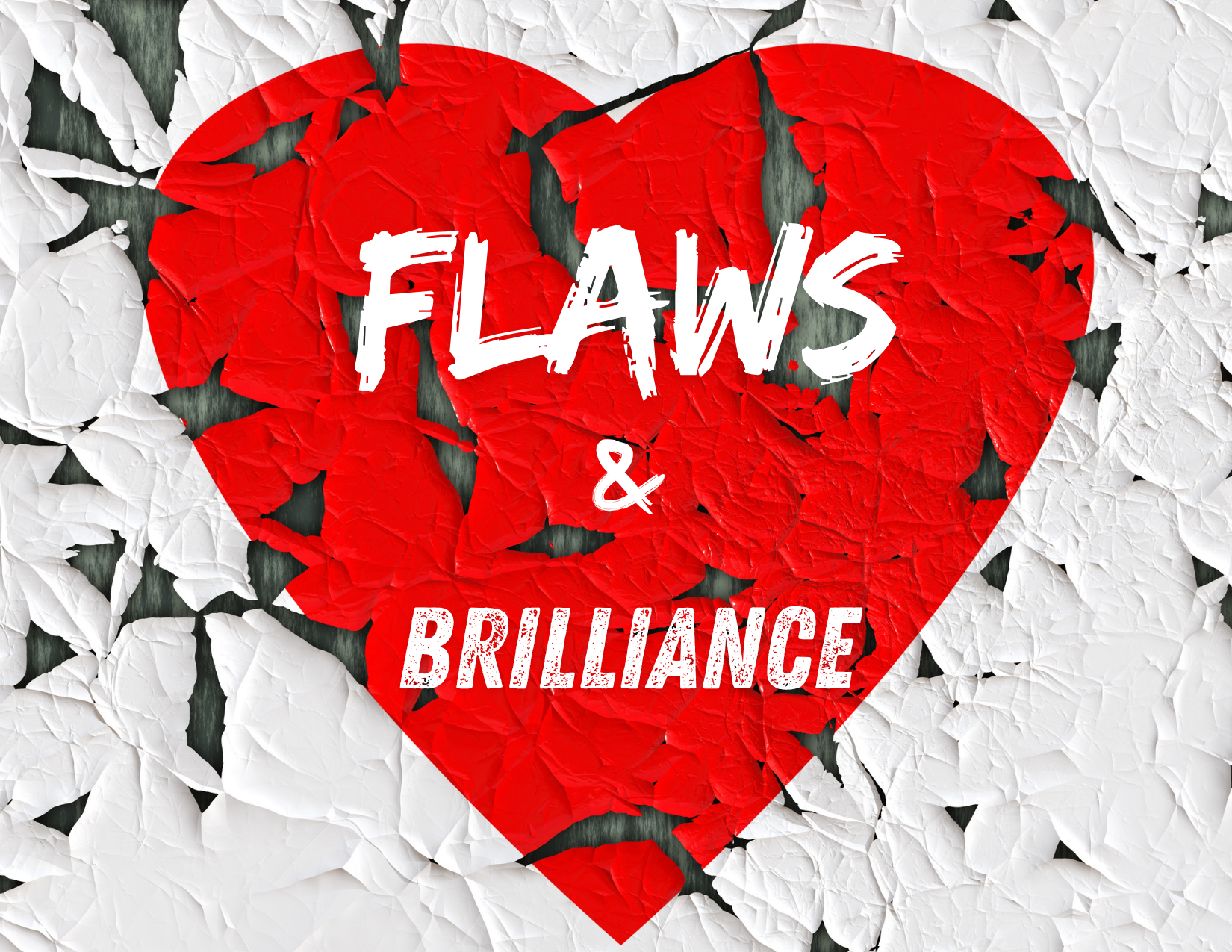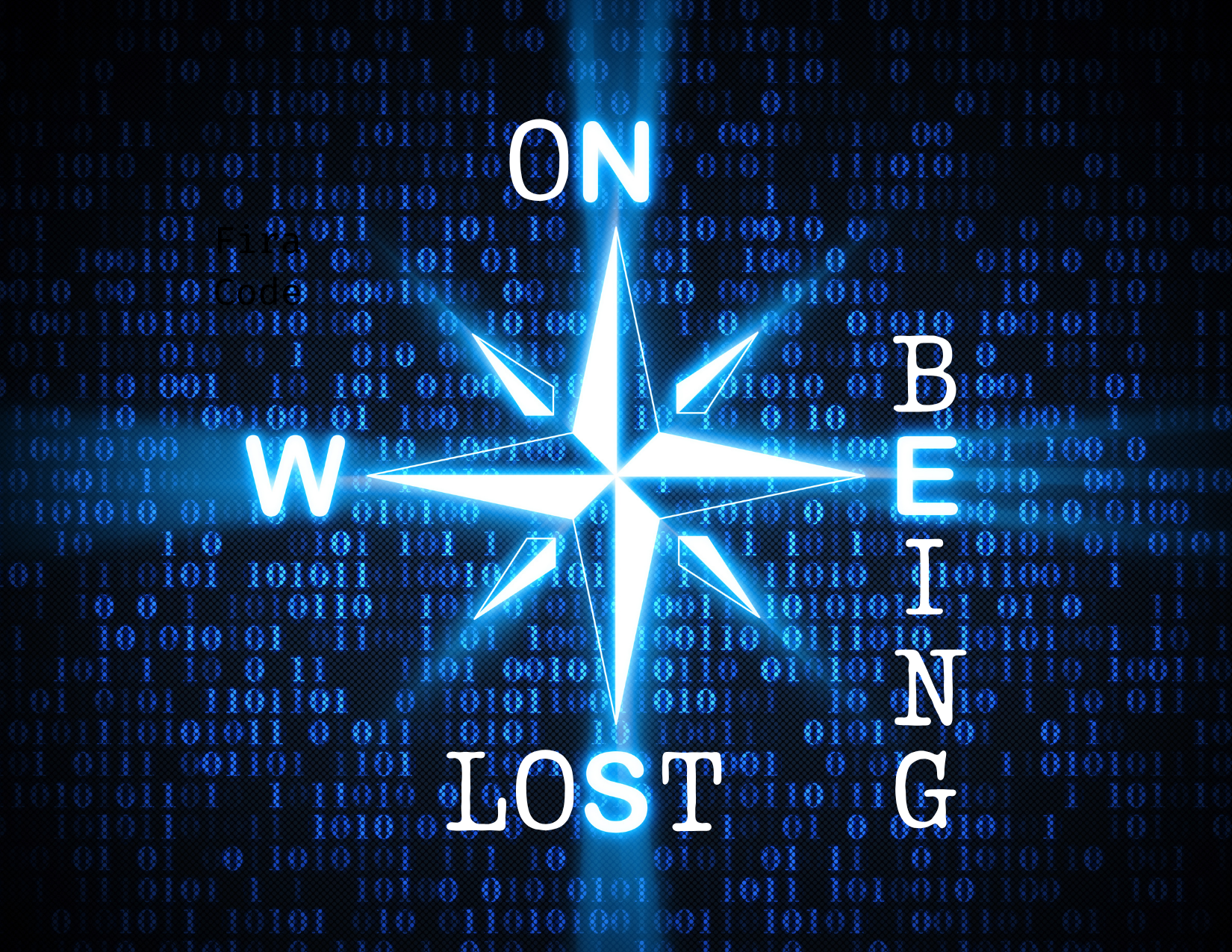Resistance to change can be a limiting factor in futuristic thinking. However, the COVID-19 pandemic has opened the gateway for futuristic conversations because we are all swimming in change and uncertainty as we move toward a new equilibrium. It is no longer out of the realm of possibility to see a shift in business practices because we just experienced our business models moving into an entirely virtual world, something that most of us would not have imagined or even contemplated years hence.
The year is 2031. What might be different about the way you do your job? What might be different in your workplace? What might be different in your profession? These are the questions I introduced to a group of employees in a professional development session about a year ago.
The exercise.
There was a little pre-work before the session. Everyone was asked to watch the video Learning is Earning 2026 – A partnership between ACT Foundation & IFTF, and read the article Five Principles for Thinking Like a Futurist. Thinking about the future is a communal sport and the only ground rule for our conversation was that diversity of thought was important, even if a question was posed for purposes of disruption.
My first area of inquiry was the group’s reaction to the idea posed in the video, which introduces a future world where there is something called, The Ledger where education, employment, learning, and earning are based on Edublocks that are given or received. My initial questions were, how do you feel about The Ledger? Can you imagine yourself operating on The Ledger? We then moved to observations that focused on perceived pros and cons, for example, how Edublocks might be disruptive to the university tuition model, the important aspects of educational pursuits such as intellectual discourse around a topic, removing obstacles for people who can’t access education more formally, and how a focus on gathering and mastering skills might minimize the opportunity to learn soft skills that at present are also necessary for success.
The discussion then transitioned to skills that we thought would be needed in our profession in 2031. My questions were, what does it look like in a development and alumni relations organization in 2031? With the lens of where you sit now, what are the signals that indicate what 2031 looks like? The article Five Principles for Thinking Like a Futurist talked about tides and waves – waves being fleeting events, and tides representing the brewing signals underneath that indicate a possible change in the future.
The conversation was robust and broad. Comments ranged from thinking about how fundraising might change, for example, philanthropic influencers affecting an organization’s fundraising reach and potential, micro-level campaigns around causes rather than large scale campaigns, digital engagement becoming the primary way to connect with constituents, digital gift officers, and a shift in constituents focusing on philanthropic impact versus institutional affiliation.
The lesson.
Signals exist and we have talented individuals in our organizations who are noticing what is happening on the fringes of the work that we are doing. Just opening the conversation with your teams can bring valuable insights to the table that can inform your future thinking. As leaders, we have the responsibility to think and plan for the landscape ahead because doing so provides agility for better decision-making and business outcomes. Preparing for the future does not have to be a solitary exercise, we have the capability within our organizations to help us shape and prepare for the future. What questions can you ask your team to better inform your futuristic thinking?
The history.
H. G. Wells, best known as a science-fiction author, proposed the term foresight in 1931. In the mid-1940’s Ossip K. Flechtheim, who is known to be the founding father of futurology, introduced the academic discipline of futurism which became the new science of probability. However, even before the founding of the academic field, there were individuals who were futurologists, people such as Roger Bacon, Leonardo da Vinci, and Nikola Tesla. In modern-day times, we might be more familiar with futurists like Heidi Toffler, Alvin Toffler, Anne Lise Kjaer, and Amy Webb.
The practice.
In Amy Webb’s book “The Signals are Talking – Why Today’s Fringe Is Tomorrow’s Mainstream,” she provides a roadmap for seeing the future and takes the reader through the steps of how to think like a futurist. It is a process of evaluation. Of course, there is much more beyond the book that one would need to learn to become a practitioner, but it is a terrific way to begin exercising the mind into a new way of thinking.
The most important part of the exercise in being a futurist is identifying a trend versus something that is just trendy. Trends are designed through external forces, and Amy Webb identifies ten sources of change: wealth distribution, education, government, politics, public health, demography, economy, environment, journalism, and media. Testing only one of these in isolation and not being able to evaluate the trend in multiple dimensions might signify something that is just trendy.
Ms. Webb suggests using the CIPHER model, which looks at contradictions, inflections, practices, hacks, extremes, and rarities as an overly to a trend to look for patterns. Then, advises that we should ask questions to determine if the pattern is a trend and then pressure test it and play the devil’s advocate taking the opposing view. Her final instruction is to determine the timing of the trend to decide where it is in its developmental path and then suggests building scenarios around what is probable, plausible, and possible to identify the impact of what the trend means to your business, community, or life.
The world is constantly changing. What are the data points of change that you are seeing? Try the exercise above with your team.
For more inspiration, watch Postcards from the future | Anne Lise Kjaer | TEDxArendal

